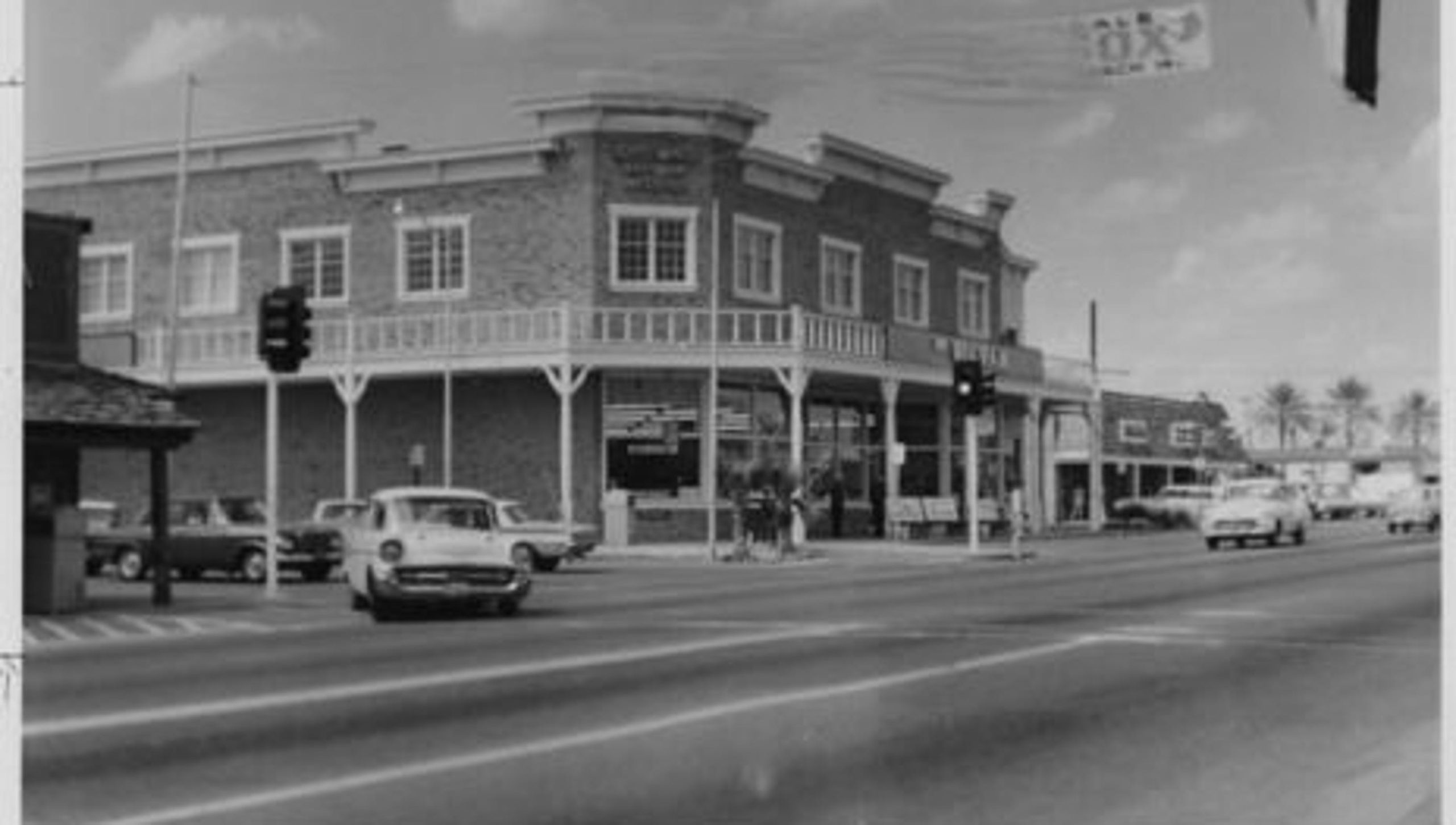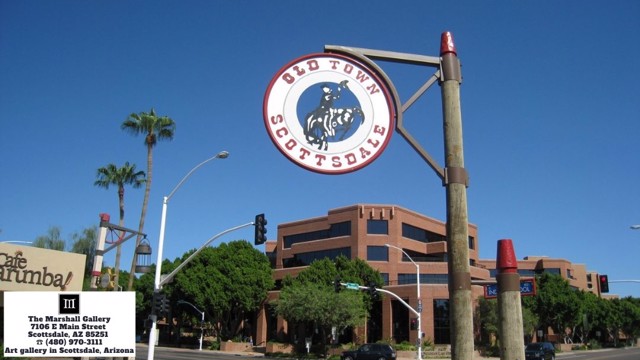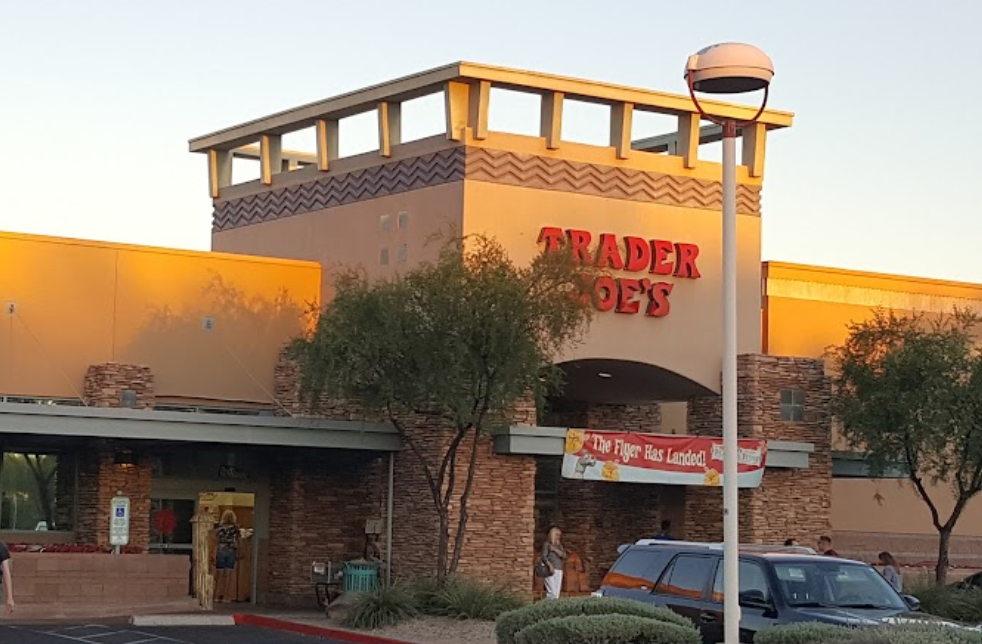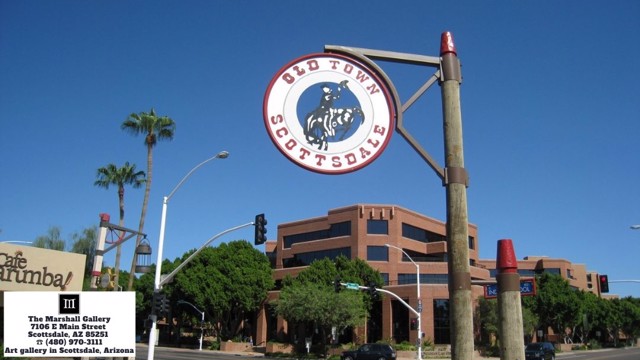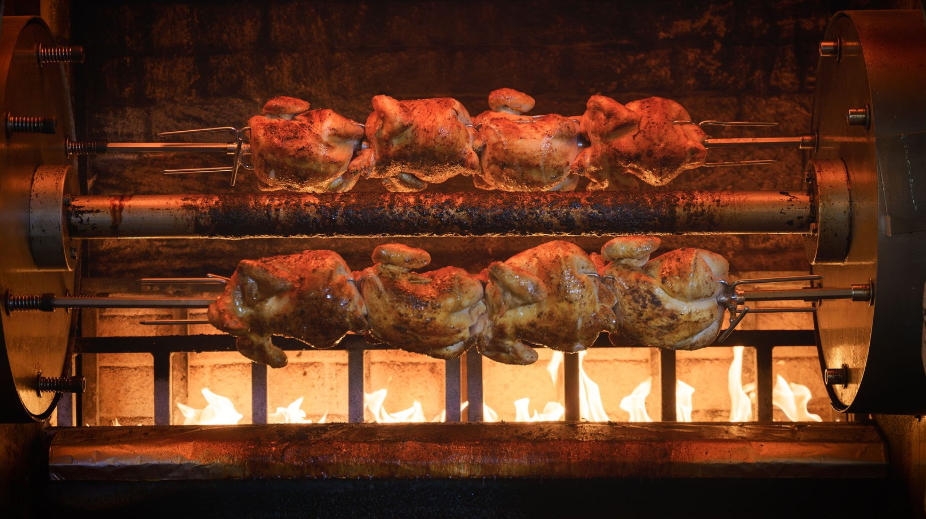Step back in time and immerse yourself in Scottsdale’s captivating transformation from a desolate desert to “The West’s Most Western Town,” a vibrant city pulsating with rich western heritage, cultural institutions, and a prime destination for living and leisure. Witness how innovation mingled with the pioneers’ resilience has shepherded Scottsdale through over a century of growth, from the humble inception of irrigation canals to the establishment of globally recognized institutions.
In 1883, the construction of the Arizona Canal heralded Scottsdale’s embryonic agricultural industry, creating a lifeline for early settlers. Fast forward, the arrival of Chaplain Winfield Scott in 1888 marked the beginning of Scottsdale’s journey towards becoming a thriving community. With a vision cast and land purchased, Scottsdale was slowly but surely sown from the seeds of agriculture and uncompromised determination.
Through the 1890s, Scottsdale’s pioneers faced hardships with resilient spirits, focusing on agriculture and community-building efforts, including the establishment of the first school districts. This era set the groundwork for a flourishing community mindset, emphasizing education and collectivism. By the turn of the century, these early efforts blossomed into the construction of the first store, and Winfield Scott’s involvement in politics, shaping the early civic framework of Scottsdale.
The early 20th century brought increased development and the city’s first brush with tragedy through Scottsdale’s first murder in 1902. Despite such challenges, the community’s spirit remained unbroken, paving the way for schools’ establishment, population growth, and a burgeoning sense of community. The 1910s and 1920s were defining decades that saw the establishment of Scottsdale High School and the city’s first newspaper, setting a sturdy foundation for the city’s cultural landscape.

Scottsdale’s resilience shone brightly through the 1930s, as the city expanded amidst the Great Depression and established key institutions. The following decades brought wartime and post-war growth, including Thunderbird Field II’s establishment, laying the groundwork for Scottsdale’s future cultural scene. The 1950s marked the beginning of Scottsdale carving out its modern identity with significant building projects and the opening of fashionable resorts, heralding a new era of prosperity and growth.
Transitioning into a city in the 1960s, Scottsdale faced and overcame natural disasters, laying the groundwork for a future marked by significant expansion and innovation. This growth trajectory continued through the 1970s and beyond, with the Indian Bend Wash Green Belt project and the establishment of Scottsdale Community College. The 1980s witnessed the city nearly doubling in size, highlighted by the opening of prominent facilities like the Mayo Clinic branch.
The 1990s and into the new millennium, Scottsdale experienced a cultural and economic boom, including establishing the McDowell Sonoran Preserve and completing the Loop 101 freeway. The expansion of the McDowell Sonoran Preserve in the 2010s and the approval of the Scottsdale Museum of the West underscored Scottsdale’s ongoing commitment to cultural richness and natural conservation.
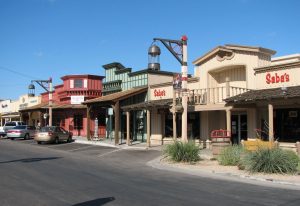
Reflecting on its transformation, Scottsdale’s story is one of relentless pursuit of growth, resilience in the face of adversity, and an unwavering commitment to community and cultural preservation. From its agricultural roots to its present status as a flourishing city, Scottsdale continues to embody the spirit of “The West’s Most Western Town,” offering residents and visitors a unique blend of historical depth, cultural wealth, and scenic beauty. Engage with your community, explore the natural beauty, and contribute to the vibrant culture that makes Scottsdale truly remarkable.
Join us on this journey through time and experience the living history that is Scottsdale. Visit local museums, explore the McDowell Sonoran Preserve, and participate in community events to see for yourself how Scottsdale was born and how it continues to thrive today.

